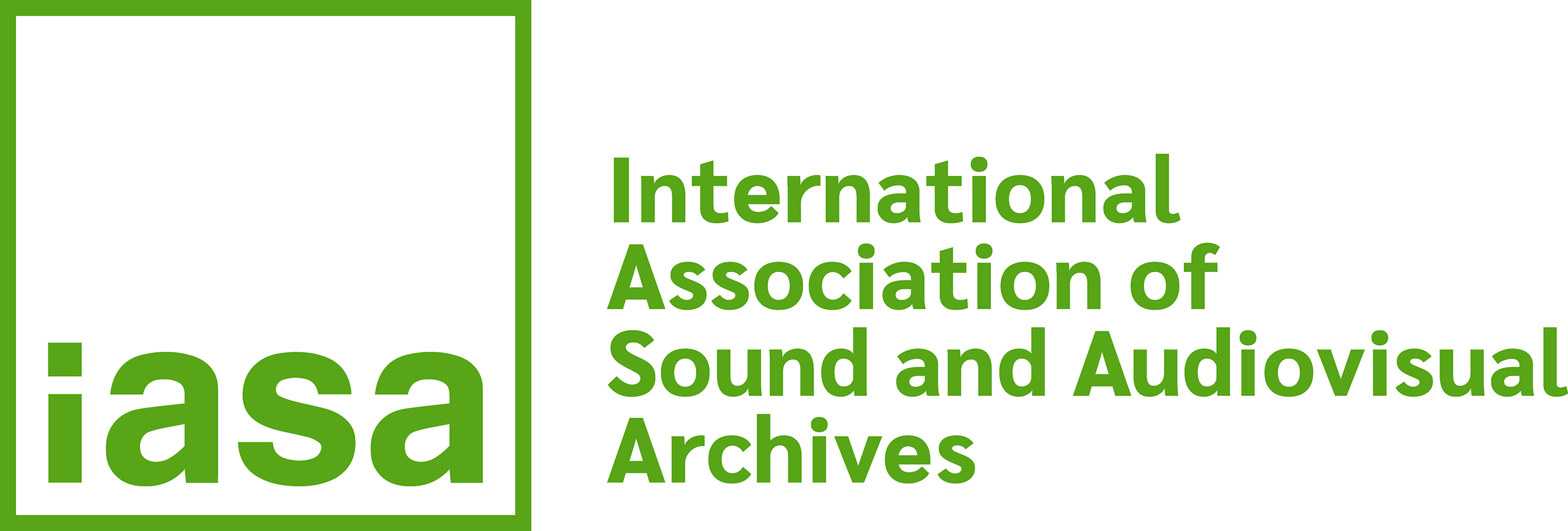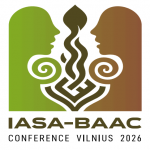3.8 Cleaning of carriers
3.8 Cleaning of carriers.24 In order to avoid the effects as described under 3.5, carriers must be cleaned to remove all kinds of foreign matter as well as residues and components of chemical deterioration. As a matter of principle, all carriers added to an archive should be cleaned before they enter the storage areas. This is particularly important for dirty/dusty collections from arid climatic zones as well as for carriers or whole collections affected by fungus. Before transfer, carriers must be checked again for dust, dirt, and other foreign matter and appropriately cleaned.
For all carriers (with some exceptions) the following sequence of action should be applied:
Compressed clean air. For infrequent application this is available in pressurised cans. For frequent use, a small compressor with an appropriate filter should be provided.
Gentle mechanical wiping. For mechanical carriers, brushes with bristles softer than the materials to be cleaned, should be available for the careful removal of loose foreign matter. For tapes, soft lint free materials, e.g. pellon® fleece, which can also be mounted in the tape path, should be applied. For cassette tape, cleaning machines are marketed. Great care must be used with optical discs, as cleaning may often result in the production of unrepairable scratches.
Mechanical discs should be cleaned with an action that follows the groove. Optical discs should be cleaned with an action that is radial or across the signal track.
Health considerations must be observed when cleaning fungus from affected carriers and their containers. Such cleaning should be made in a chemical exhaust or fume cabinet or in open air, and operators must wear breathing masks.
Distilled water. Short exposure to water is permissible with most audio and video carriers. The exceptions include some instantaneous discs made from gelatine, cardboard, and similar water-soluble materials. To enhance the action, wetting agents may be added. For application with discs, washing machines are marketed. It is imperative that all carriers be thoroughly dried after the application of water.
Chemical solvents. Their application is the last stage for cleaning residue resistant to the more gentle methods from carriers. They must only be applied after consulting reliable sources and experts. As the composition of carriers, specifically historic tapes and instantaneous discs, is often unknown and their reaction to solvents unpredictable, careful testing must be done. It must be noted that unfavourable reactions may not appear immediately. Specifically the removal of chemical by-products of deteriorating materials must be carefully researched in cooperation with chemical experts. The use of commercial products with undisclosed ingredients is prohibited.
24 .This paragraph deals only with be basic principles of carrier cleaning. For details see the respective sections in IASA-TC 04, chapter 5.


